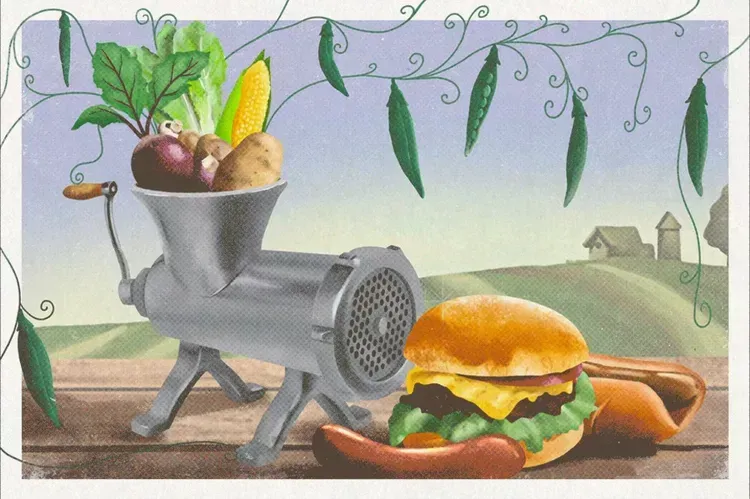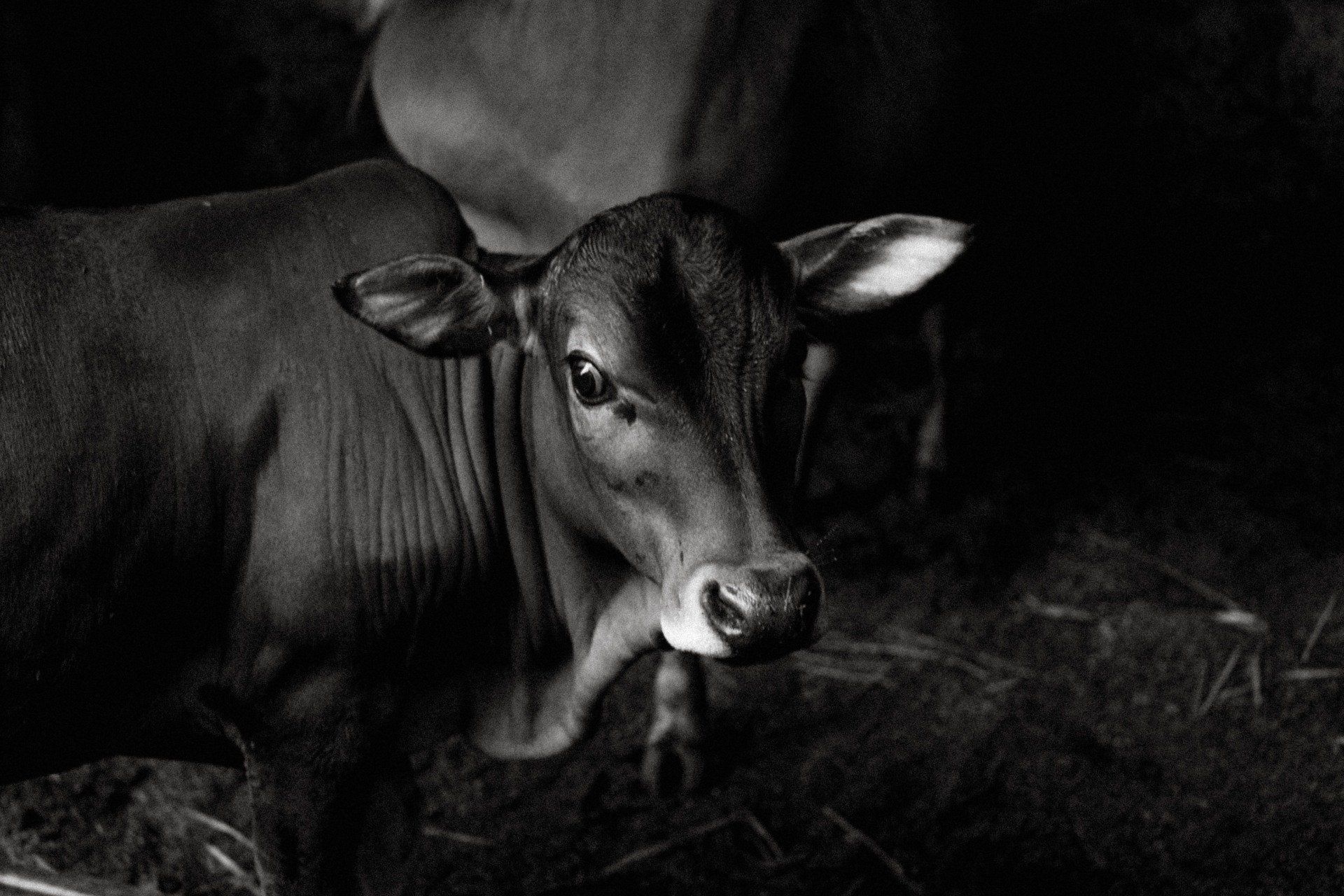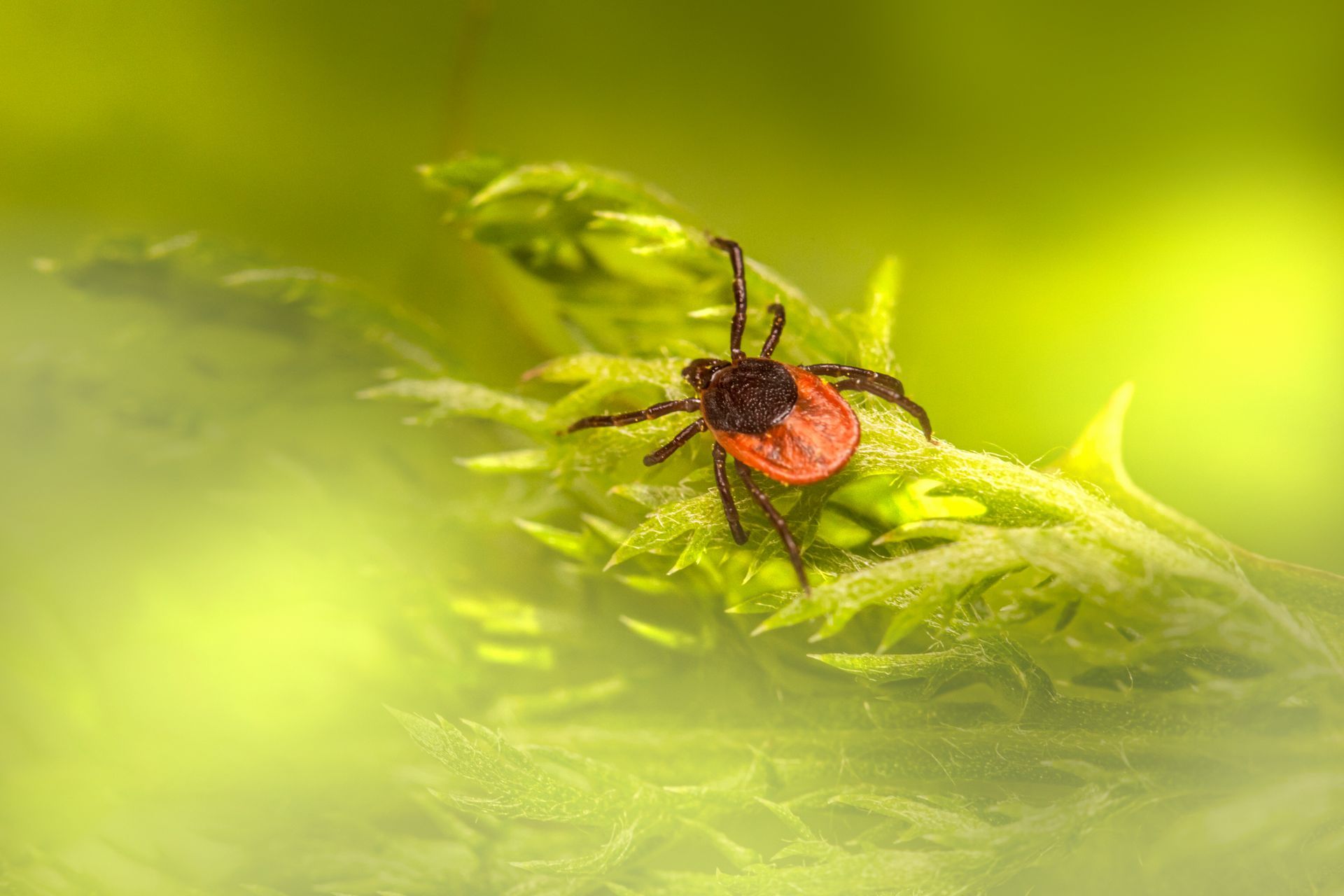April a great time for planting alfalfa
Spring Alfalfa Crops
April is a good month to plant and establish a new stand of alfalfa. In fact, the sooner, the better, says an Ohio State University Extension educator.
Once an alfalfa plant has germinated, that new plant needs 6-8 weeks to establish a good root system that enables it to handle warmer and drier summer weather, said Rory Lewandowski, an OSU Extension educator in Wayne County. Planting too late in spring can result in plants that can’t tolerate summer weather, possibly causing stand loss.
At about 8-10 weeks after emergence, the plant pulls the growing point below the soil surface, a process called contractile growth.
“Once contractile growth occurs, the alfalfa plant is considered a true perennial,” Lewandowski said. “The protected growing point below the soil surface is the reason why the alfalfa plant can survive winter temperatures, close cutting and grazing.”
Some of the most common questions regarding successful alfalfa establishment include soil fertility, planting depth and weed control, he said.
“All three factors need to be addressed to successfully establish an alfalfa stand,” Lewandowski said. “The basis for any decisions regarding the application of lime, phosphorus and potassium fertilizer is a soil test.”
The recommended soil pH for an alfalfa stand is 6.8. If lime needs to be applied, growers should keep in mind that it can take 6-9 months after lime is incorporated and mixed into the tillage zone before the target pH is reached. If soil pH is below 6.5, it is probably wise to apply lime this spring and aim for a late-summer planting, Lewandowski said.
“A soil test can also help determine if phosphorus and/or potassium need to be applied before planting,” he said. “Phosphorus is a critical element to aid a new plant in establishing a good rooting system.
“Lime and fertilizer can represent a significant dollar investment, and guessing as to the need and quantity can be expensive. So, don’t guess, soil test.”
But it is important to note that weed control in an alfalfa stand needs to begin before the crop is planted, Lewandowski said.
“Herbicide options in an established alfalfa stand are limited,” he said. “Perennial broadleaf weeds and grasses should be managed and controlled in the crops previous to the alfalfa rotation.
“The general rule of thumb is that at least 95 percent of the weed control in a forage crop is provided by developing a dense, healthy stand that will not allow weeds to invade.”
Specific herbicide recommendations for an alfalfa seeding are available in the 2012 Ohio and Indiana Weed Control Guide. Herbicide use on forage crops such as alfalfa can involve harvest and grazing restrictions, in addition to specific limitations regarding the timing of the herbicide application, Lewandowski said.
“Incorrect planting depth has been responsible for many poorly established stands of alfalfa or seeding failures,” he said. “Alfalfa is a small seed and should not be seeded too deep.
“The recommended seeding depth for alfalfa is one-quarter to one-half inch deep. It is better to err on the side of planting shallow rather than too deep. Early planting time combined with good soil fertility, weed control and correct seeding depth are the keys to spring alfalfa establishment.”
You might also like
Jaynie Norman


